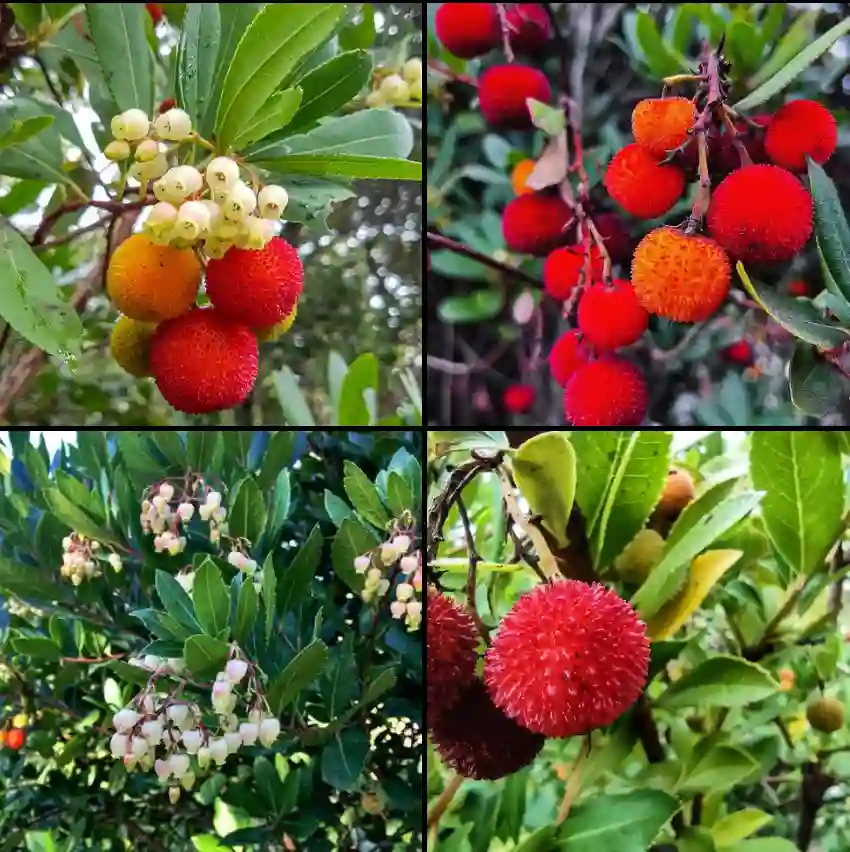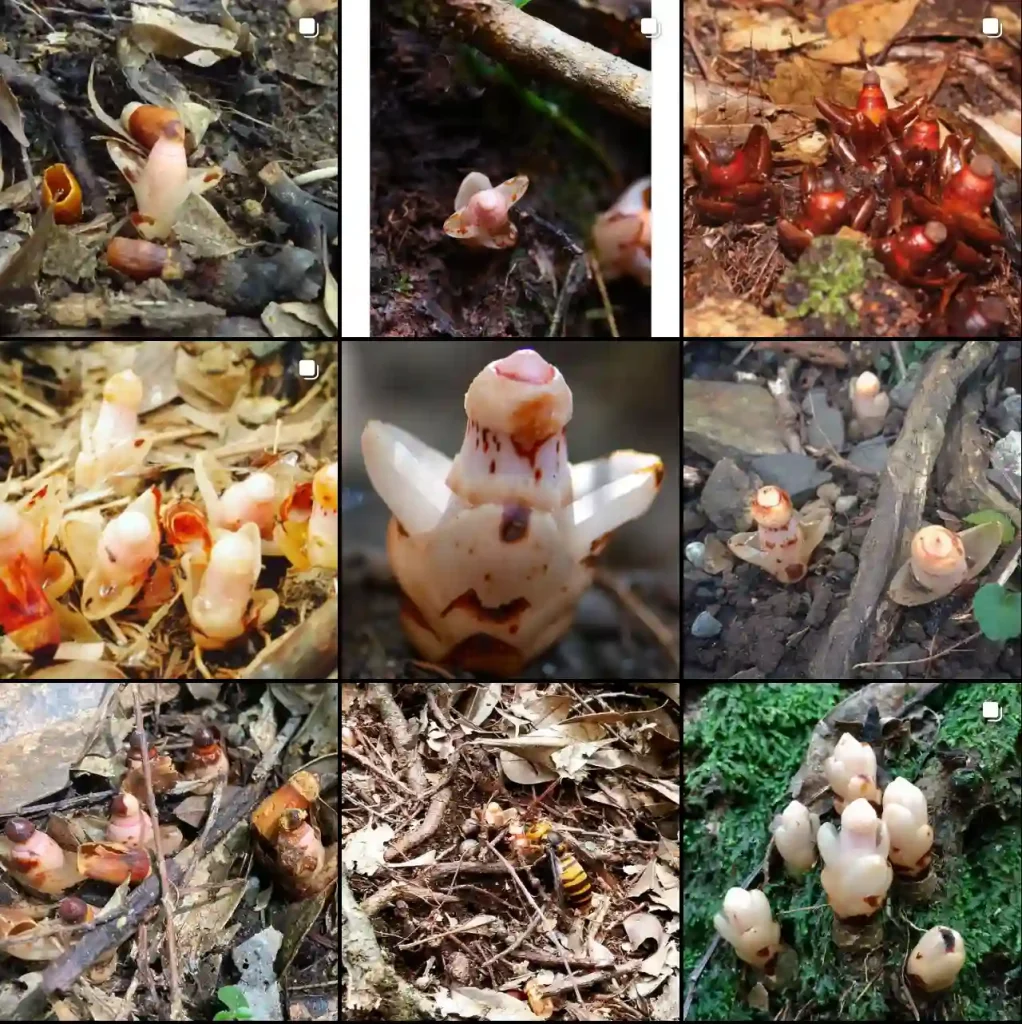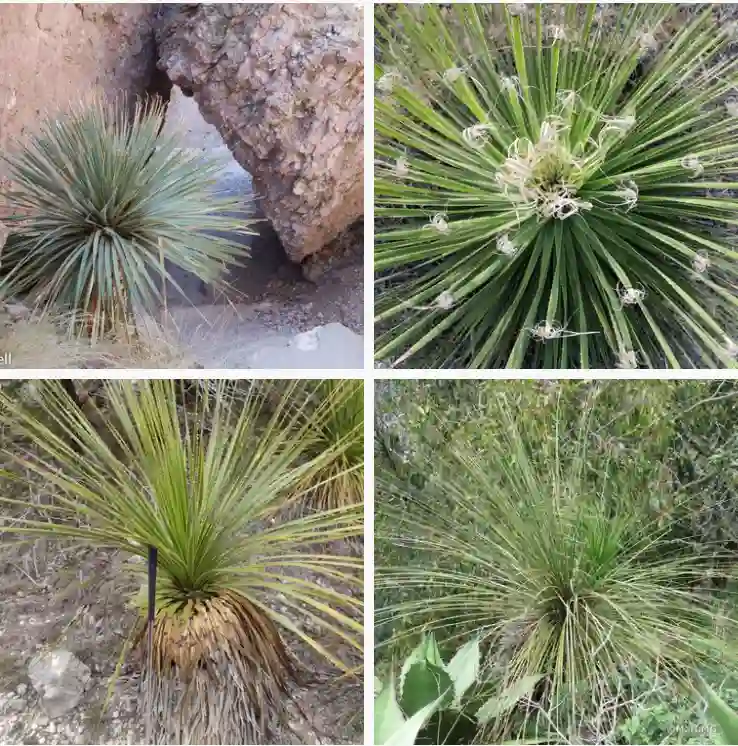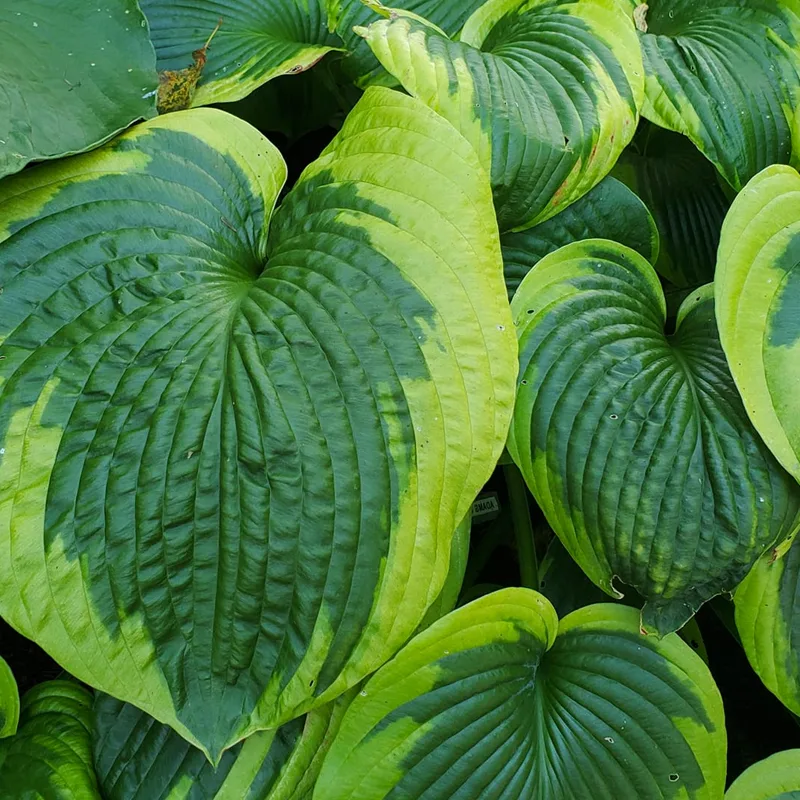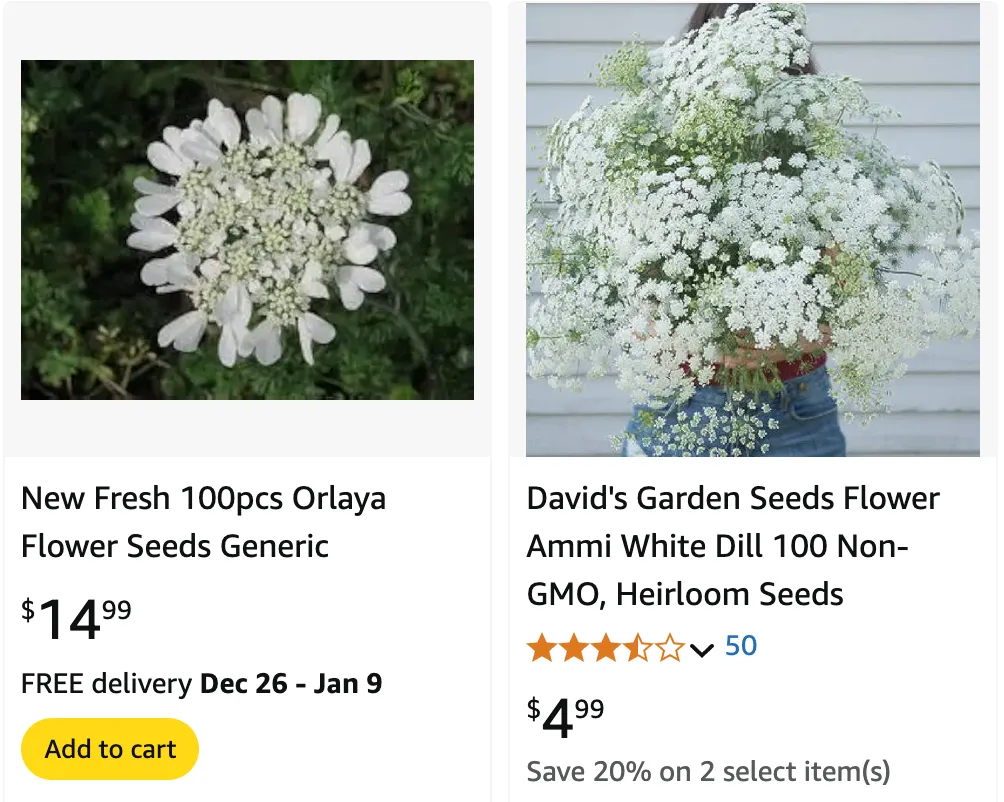
January 4 – Orlaya
“Orlaya, with its delicate white lace-like flowers, represents those born on January 4.”
Orlaya symbolizes grace and subtle beauty. Like this plant, you possess a quiet charm and an eye for detail. You bring balance and harmony wherever you go, making the world around you more beautiful.
Orlaya: A Lace-Like Love Affair
My name is Ferb Vu, and I have a confession. I’m utterly smitten with a plant genus. Not just any genus, mind you, but the delicate, intricate, and utterly charming Orlaya.
Imagine a wildflower meadow bathed in the soft glow of the summer sun. Butterflies flit between blooms, a gentle breeze whispers through tall grasses, and there, amidst the vibrant tapestry of colors, rises Orlaya, a vision in white lace. This, my friends, is the scene that plays in my mind whenever I encounter this exquisite genus.
Orlaya belongs to the Apiaceae family, a group known for its umbels – think Queen Anne’s Lace or carrots. But Orlaya distinguishes itself with its unique flower structure. Each tiny floret contributes to a larger, intricate pattern, creating an effect reminiscent of delicate lacework. It’s a plant that demands a closer look, a testament to the beauty of nature’s artistry.
A Closer Look at Orlaya Species
While the genus itself might be relatively small, its impact is undeniable. Here are the species that capture my heart:
- Orlaya daucoides is a flowering plant native to parts of Europe and the Mediterranean, known for its delicate, lacy white flower heads that resemble those of wild carrots. It typically blooms from late spring to early summer, thriving in sunny, well-drained locations and adding a touch of elegance to naturalistic and cottage gardens. The plant’s fine, fern-like foliage contrasts beautifully with its airy blooms, making it an excellent choice for pollinator-friendly spaces as it attracts various beneficial insects, including bees and butterflies.
- Orlaya daucorlaya is a lesser-known species within the Orlaya genus, with similar structural characteristics to other Orlaya plants but with slight variations in its flower shape and foliage. This plant is notable for its small, clustered white blossoms with intricate petal designs that give it a unique appearance in garden beds or wildflower arrangements. It favors well-drained, moderately fertile soil and sunny positions, making it an ideal addition for gardeners looking to diversify their plantings with less common species.
- Orlaya grandiflora, commonly known as “White Lace Flower,” is celebrated for its showy, large, white umbels that bloom in dense clusters, bringing a soft, romantic feel to garden spaces. This annual plant is easy to grow, thriving in sunny locations with well-draining soil. Its blooms appear in late spring to summer, resembling miniature lace doilies that make a charming addition to mixed borders, wildflower meadows, and bouquets. It also serves as an excellent pollinator plant, drawing in beneficial insects and adding biodiversity to gardens.
Why I Adore Orlaya
My fascination with Orlaya stems from several factors:
- Visual Appeal: The intricate lace-like flowers are simply mesmerizing. They add a touch of airy elegance to any garden or floral arrangement.
- Resilience: Orlaya is surprisingly tough. It thrives in full sun and well-drained soil, tolerating drought conditions with grace.
- Pollinator-Friendly: The open, accessible flowers of Orlaya are a magnet for bees, butterflies, and other beneficial insects.
- Versatility: Orlaya is a dream for gardeners and florists alike. It’s stunning in borders, meadows, and wildflower gardens. Its long stems and lasting blooms make it perfect for cut flower arrangements.
Growing Orlaya
If you’re as enchanted with Orlaya as I am, you’ll be pleased to know it’s relatively easy to cultivate. Here are a few tips:
- Sowing: Direct sow seeds in spring after the last frost.
- Sunlight: Choose a location with full sun.
- Soil: Well-drained soil is essential.
- Watering: Water regularly until established, then allow the soil to dry out between waterings.
- Deadheading: Remove spent blooms to encourage continuous flowering.
Orlaya in the Garden
I find immense joy in incorporating Orlaya into my garden designs. Its delicate texture and airy form provide a beautiful contrast to bolder plants. It pairs particularly well with:
- Grasses: The feathery plumes of ornamental grasses complement the lace-like umbels of Orlaya.
- Lavender: The purple hues of lavender create a striking contrast with the white flowers of Orlaya.
- Roses: Orlaya adds a touch of whimsy to rose gardens.
Beyond the Garden
Orlaya transcends its role as a garden plant. Its delicate beauty has captured the attention of artists, photographers, and nature enthusiasts alike. Its intricate form has inspired countless works of art, and its presence in wildflower meadows adds to the biodiversity and ecological balance of these vital habitats.
For me, Orlaya represents the epitome of natural beauty. Its delicate structure, resilience, and ability to attract pollinators make it a true gem in the plant world. I encourage you to seek out this enchanting genus and experience its charm for yourself. You might just find yourself falling in love, too.
If i die, water my plants!
